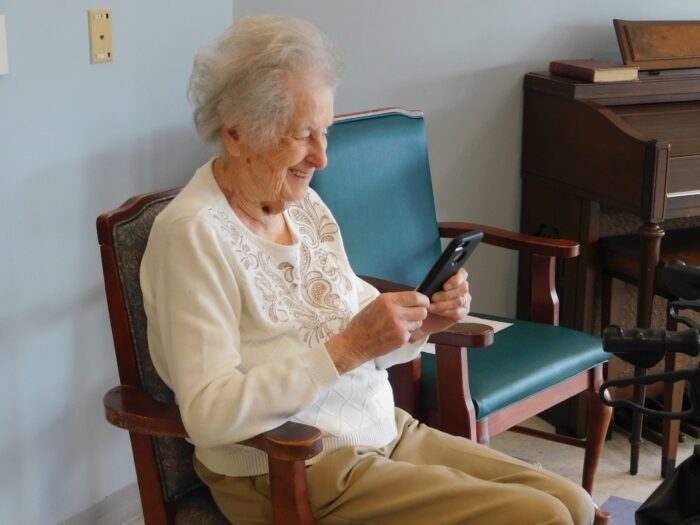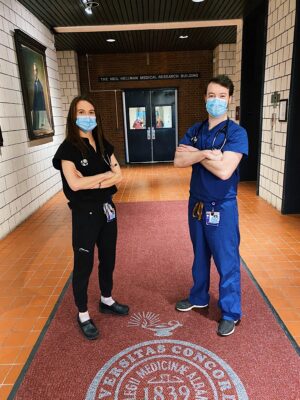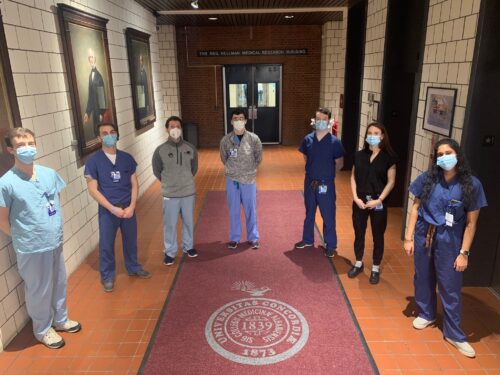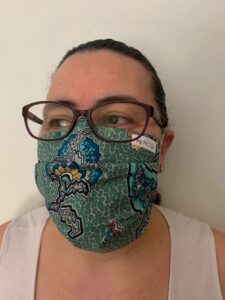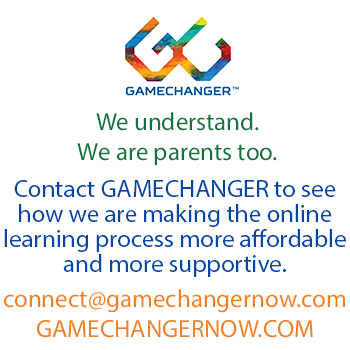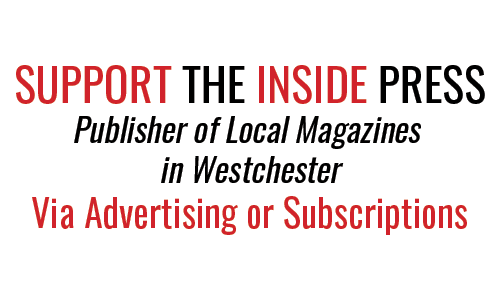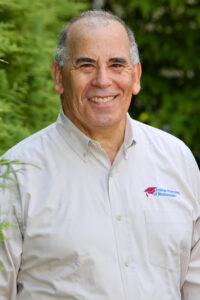
When COVID emerged as a crisis in March 2020, many local businesses were forced to close their doors while others saw their revenues dry up. But for the Armonk Chamber of Commerce, this time was as crucial as any since Neal Schwartz became president more than a decade ago.
The chamber has historically hosted a range of community events, held regular meetings, and published a directory of members. But most chamber members, Schwartz says, are generally passive participants that changed when business owners found themselves in uncharted waters as COVID hit. Suddenly, their businesses’ survival depended on navigating a host of new federal programs and incentives like Paycheck Protection Program (PPP) loans and on finding ways to keep their business running through restrictions and panic over the virus. Some businesses, like dental offices, had help from their industry groups, but others turned to the chamber.
“We became a conduit for using information from the state, the county and the federal government,” Schwartz explains. “It was invaluable to those members who weren’t connected to some of those other associations.”
The chamber helped connect its members to Zoom calls and other events that helped members navigate the new terrain and explore their options. It also created an app to give residents up-to-date information about which businesses were open.
When necessary, the chamber organized its own events, bringing in chamber-affiliated accountants who were well-versed on the available recourses to answer member questions.
“A couple of chambers [elsewhere] almost stopped functioning [during Covid], because they had their set activities and those activities didn’t happen, and they were kind of at a loss,” County Executive George Latimer explains. “The Armonk chamber made the transition that you had to make once you realized that Covid was going to shut down the normal activities.”
Latimer continues, “What they did was they morphed into providing the information and to some extent material [such as] PPE that the businesses needed.”
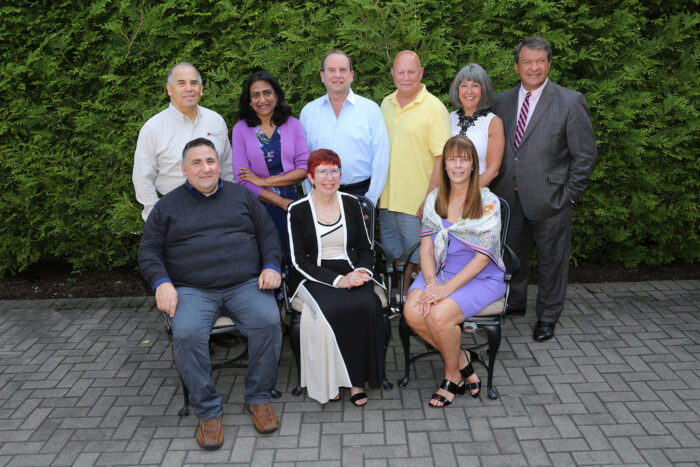
The county government had access to both information and resources to help businesses but did not have the manpower to connect with every business from Yonkers to North Salem.
“Sitting at the county level looking at 45 communities, how do we reach the business communities and small businesses? We can’t do it on our own. We don’t have the bandwidth,” Latimer says. “But when we know that we’ve got a chamber of commerce that is working–that is having Zoom meetings and exchanging information–then we can channel through the chamber and the chamber has the relationships with the local businesses.”
The county, for example, had access to free masks and sanitizer to give to businesses. But walking up and down every street in every city, town and village in Westchester distributing it was not possible, Latimer says.
Instead, the chamber determined the local needs and the county dropped off supplies at a central location. The chamber then worked to distribute these supplies throughout Armonk.
When certain workers such as restaurant servers became eligible for the Covid vaccine before the general population, the county again worked through the Armonk chamber and other local chambers to inform businesses whose employees would qualify.
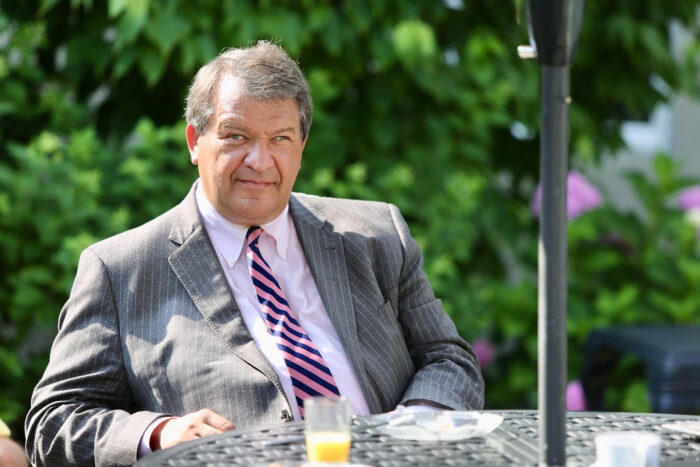
But perhaps the biggest role the chamber played was in working with business owners through the federal assistance available.
“The saving grace for a majority of businesses was how they navigated through the loan portion of the federal offerings that were there,” Schwartz says. “Depending where the numbers were for a business, they may have done reasonably okay if they took a PPP loan, which didn’t need to get paid back.”
Despite (or, in a sense, because of) their falling revenues and the uncertainty surrounding the pandemic, the chamber saw new businesses joining to take advantage of these offerings.
“We picked up more members than you would expect in the middle of a pandemic,” he says. “There weren’t a ton of them, but there were people who began to appreciate that this chamber stuff has value.”
Haves and Have Nots
The pandemic and resulting shutdown did not hit all industries with the same force, Schwartz says. Some industries thrived even through the lockdowns, while in other fields businesses struggled to stay in business or were forced to close their doors.
Home improvement was a sector that thrived, he notes. Trapped in their houses all day, local residents decided it was a good time to put in a pool, or redo their lawns, or make long-needed home improvements.
“The businesses that did well were the businesses that supported home life,” Schwartz says. “Some of them saw years that they haven’t seen before.” But many other businesses, particularly those that depended on traffic flow, struggled. It is hard to quantify exactly how many businesses went under, Schwartz says; he estimates some 10% of their members.
Armonk is now well on its way to recovery, he says.
“We are seeing these empty spaces get filled pretty quickly, considering everything,” he says. “It is not all doom and gloom at all.”
Latimer sees a similar picture on the county level, with sales tax receipts above where they were in 2019 pre-pandemic. Still, businesses face ongoing challenges.
One is the difficulty hiring workers, which Schwartz attributes in part to generous unemployment benefits distributed under the latest Covid relief bill.
“It went too far, so it was hard for restaurants to keep the staffing everywhere across the country,” Schwartz says. “People said, ‘Listen, I am getting more money to stay home and not go to work.’”
Latimer attributes the labor shortage to several factors, including the unemployment benefits, ongoing concerns about Covid, and an increasing preference for jobs with regular, stable hours.
A Decade Leading the Chamber
Schwartz, who owns Armonk-based College Planning of Westchester, joined the chamber after opening his business in 2004, looking for the networking benefits the chamber would bring to his then-fledgling franchise.
“I had bought all this equipment, furniture, systems, and I had no customers,” he remembers.
The chamber was helpful to him as he got his business, which specializes in tutoring, college counseling and ACT/SAT preparation, off the ground. But its activities at the time were limited to a sidewalk sale or two each year. In 2010, he stepped in as president and worked to build the chamber into a bigger player in the community.
Before he took over as president in 2010, he recalls, chamber activity was mostly limited to one or two sidewalk sales each year. When Schwartz stepped into leadership, he and his colleagues on the board scaled up the organization’s activity.
In 2012, he launched cider and donut events. It’s grown from there, with 11 music events this summer, a “citizen of the year” award, a much larger Cider and Donut Festival, and regular chamber meetings. The chamber’s website has also been greatly improved, and now publishes the “Everything Armonk” community guide and business directory.
To learn more about the Armonk Chamber, please visit www.armonkchamberofcommerce.com
